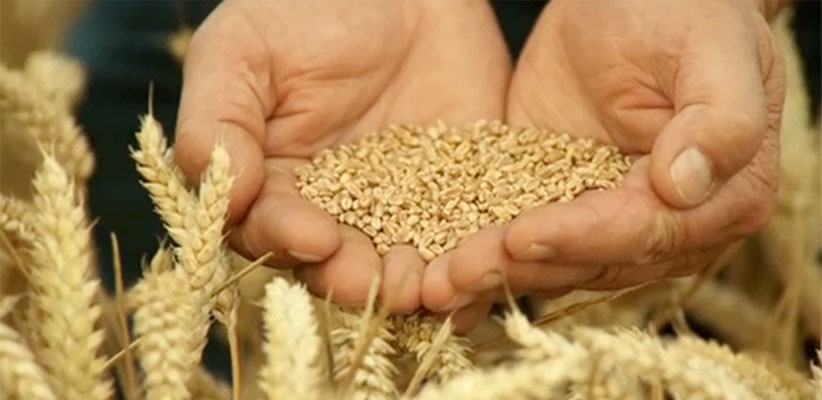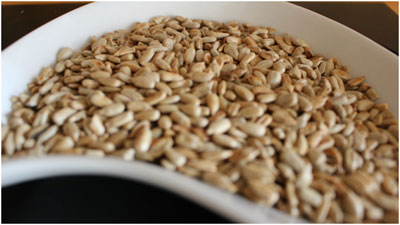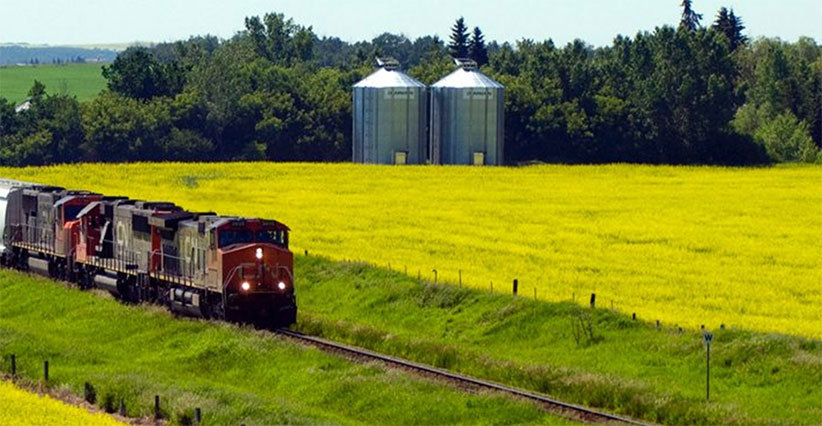
For some time, the general misconception circling around is that grain exports in Canada are suffering a decline so drastic to be termed a crisis. Well, events surrounding the Canadian grain industry doesn’t do well to even quench these unfounded fears. There is India pelting the whole pulse-exporting world with regulations up and down, and thus such fears could arise that the Canadian grain export sector is miles off (in the negative) from what it enjoyed last year.
However, this perspective is very wrong. In fact, Canadian grain exports are suffering no crisis. A proper statistical survey of the market has shown that grain exports in the country are still performing healthily as grains are still moving out of the country impressively almost at the same rate exports were conducted last year. The problems that nonetheless existed pertaining to grain export in Canada were just “logistical”, not necessarily a reduction in the amount of demand.
The problems termed logistical spread through problems arising from inconsistency in transport infrastructure for grain. There is increasing difficulty in moving grains out of the country, but the import demand for Canadian grains had not effectively reduced all the same.
 Explaining the situation further, Mark Hemmes who occupies the position of the president of Quorum Corporation revealed that demand for Canadian grain is yet very healthy but transportation logistic spreading through railway inefficiencies have contributed an ugly hand in the difficulties experienced in meeting these demands.According to Mark Hemmes “Right now we’re looking at the second largest supply of grain that we’ve ever had to move.” Mark Hemmes company, the Quorum Corporation is responsible for the weekly compilation of reports on how well the Canadian grain sector was performing.
Explaining the situation further, Mark Hemmes who occupies the position of the president of Quorum Corporation revealed that demand for Canadian grain is yet very healthy but transportation logistic spreading through railway inefficiencies have contributed an ugly hand in the difficulties experienced in meeting these demands.According to Mark Hemmes “Right now we’re looking at the second largest supply of grain that we’ve ever had to move.” Mark Hemmes company, the Quorum Corporation is responsible for the weekly compilation of reports on how well the Canadian grain sector was performing.
Mark Hemes, however, admits that all is not excellently rosy as grain movement had not had that impeccable year which could be used a glowing reference point. But all the same, Hemmes insists its an avid exaggeration of negativity to classify the minor problems the Canadian grain industry was suffering as a crisis.
Responsible for the transport inefficiencies befuddling grain exports in Canada were problems afflicting major Canadian railways. The Canadian National Railway (CN) has been facing some arduous challenges while the Canadian Pacific Railway (CP) is yet doing fairly well.
When compared to last year, the performance of the Canadian National Railway was much more optimal and commendable while it was the Canadian Pacific Railway (CP) that was having issues. Thus we see the tables had turned in the opposite. According to Mark Hemmes, “When both railways get behind, then we really start to worry.”
Most of the problems associated with the Canadian National Railway (CN) pertaining to grain exports revolved around the fact that the railway made notable increments in the amount of other commodities like coal that its moves. With this railway taking increased responsibility in moving other commodities as stipulated, it caught issues moving grains at the same pace or fluency which it did last year.
Nonetheless, these logistics problems are set to be short-lived. The railway had massively rolled out employment programs as 2017 drew to a close. With increased manpower in production, the railway has been able to lease more locomotives. With increased production from the Canadian National Railway, the problems in transportation via railways would soon be a thing of the past.

Aside from the hitches in railway transportation, redundancy in port activities also contributed to the logistics menace. For example, there has been a decline in traffic via Port of Prince Rupert. This had massively wounded the movement of grains through Canada. In Vancouver, 20 vessels were waiting of late, a little from the 30 seen during the Christmas period. Ideally, no more than 12 vessels should be lined up waiting. For increased port transportation for grains, the condition should be a ratio of two vessels per each terminal, what we have now is somewhere around over three vessels per each terminal.
Mark Hemmes also points to further complication in exports of grains from Canada which could arise from the weather. In this situation, should the Rocky Mountains see the occurrence of another cold snap or possibly avalanches, it could hamper further exports of grain by hampering transport.
According to Hemes, “If we were going to get a bad cold snap at any time during the winter, having it at Christmas is probably the best you could hope for.”
All the same, the good news is that fears that Canadian grain export is struggling with a crisis have proven untrue and unsubstantiated. Just a little transport deficiencies are what we have to worry about.




Comments are closed.